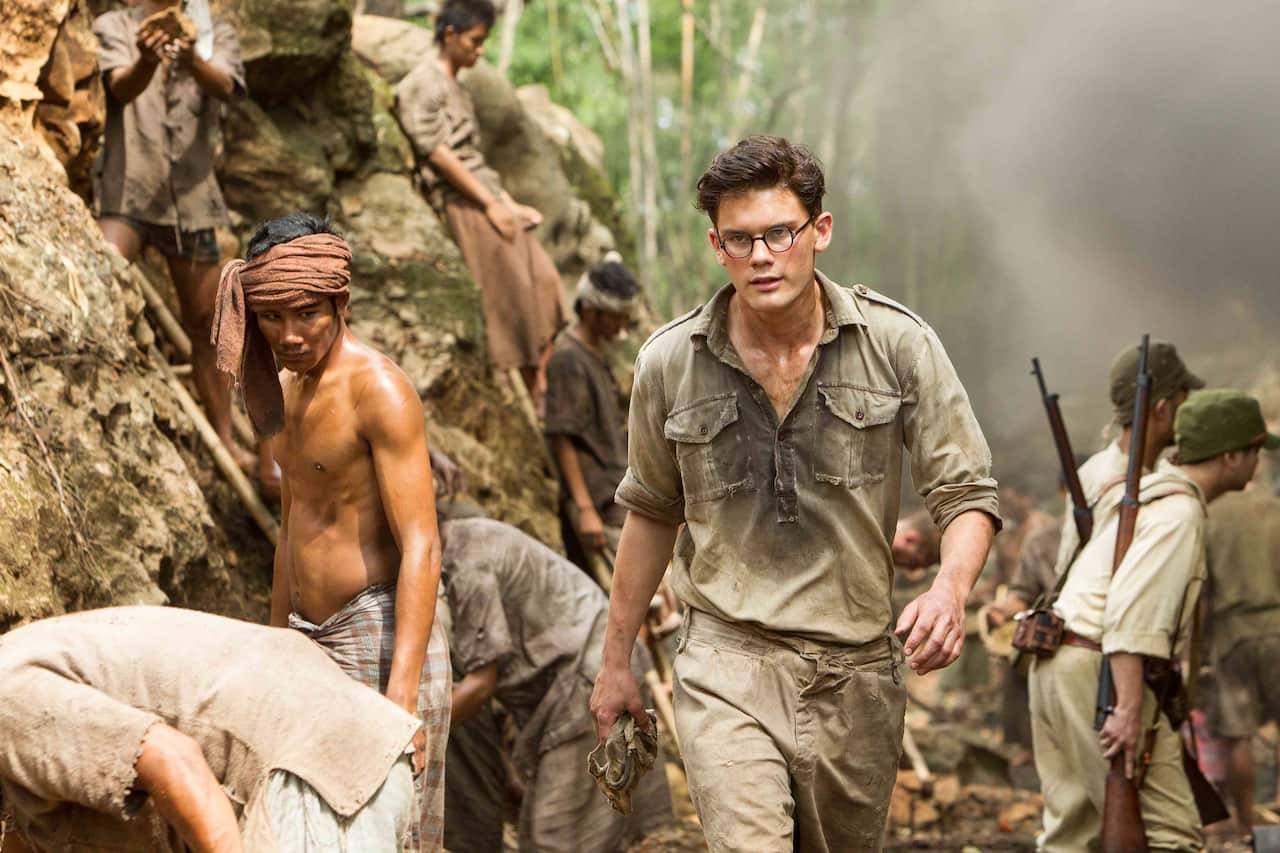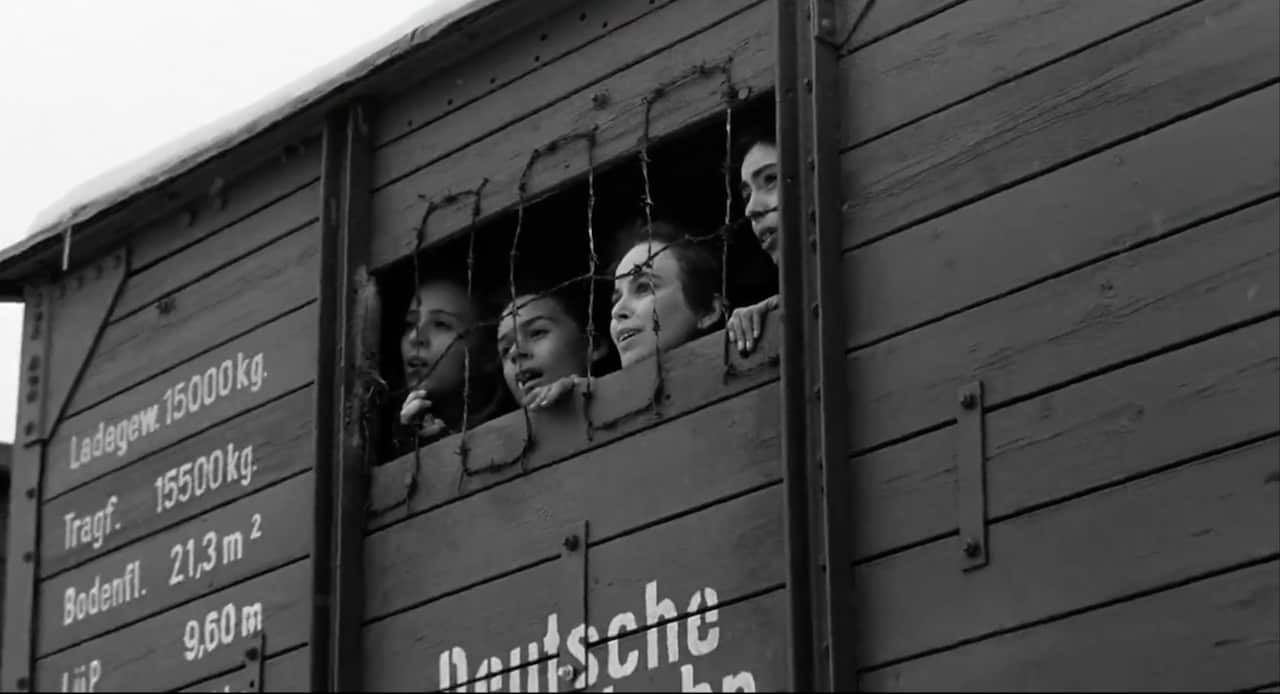In SBS documentary series Railways of the Great War, train aficionado Michael Portillo explores the role of trains during WWI. He uncovers a story of bravery at Troisvierges station in Luxembourg, where at the dawn of the war, a trainmaster defied the orders of German troops to hand over a telegraph that was vital to their commandeering of the station. At the risk of being shot, he smashed it right in front of them. It’s one of many inspirational stories of trains and bravery littered throughout the tracks of war history. Here are some more...
The railway doctor
Of the many Australian heroes of WWII, army surgeon stands tall, not least for his compassionate medical care, courage and leadership of Japanese POWs between 1943–45 as they worked in hellish conditions during the construction of the Thai–Burma Railway.
He was responsible for over 1000 men known as "Dunlop Force" or "Dunlop's Thousand" in his roles as commanding officer and surgeon. Working with primitive medical supplies, Dunlop risked his life to care for his men, like British POW Billy Griffiths, who lost both hands and his sight in a mine explosion. Dunlop had operated on him when Japanese soldiers decided Griffiths was a lost cause and intended to kill him. Dunlop faced their bayonets with the ultimatum they’d have to kill him too and the soldiers backed down. Griffiths went on to lead a long life.
On another occasion, Dunlop’s selflessness went beyond remarkable. For being out after curfew, Dunlop was left to bake in the sun for most of the next day, tied and ailing after a bashing from prison guards had broken his ribs and cut his head open. When he was finally set free, Dunlop bowed to the guards and got to amputating the arm of a Dutch POW who had been left waiting all day for the operation.
Rare gem on the train

Left: Pioneering nurse Marion Leane Walls, the only known Indigenous nurse to serve in WWI, with husband Rev Victor B Walls. Right: Inside an ambulance train. Source: National Portrait Gallery/National Rail Museum
On the No. 41 Ambulance Train, one of a number of customised trains used in France and Belgium to carry soldiers to base hospitals, Smith and her fellow nurses tended to their patients under the most intense and harrowing conditions. to Alison Kay, archivist at the National Railway Museum in York, medical staff were stretched to their limits with around three nurses and three medical officers on board a train tending to more than 500 men, possibly hundreds more at times.
It was “difficult, dirty and dangerous” work, with staff at risk of catching disease and being bombed. During peak times, staff could be tending to soldiers for 24 hours straight. The trains were so overcrowded they would sometimes derail.
Kay relays a letter written by nurse Kate Evelyn Luard, stationed on an ambulance train in France, where she wrote to her family: “Imagine a hospital as big as King’s College Hospital all packed into a train… No outside person can realise the difficulties except those who try to work it.”
The railway men

Eric Lomax (Jeremy Irvine) works the Thai-Burma Railway in the 2013 film adaptation of 'The Railway Man'. Source: Lionsgate
Lomax was captured in 1942 and sent to the Kanchanaburi POW camp in Thailand. Brutal torture was a part of daily life, but amid the suffering and hard labour, Lomax and a band of prisoners began planning their escape. They built a radio receiver to keep tabs on the war effort and drew up a map of the “death railway”, as it was known, to aid their escape. Their hopes were dashed when the receiver and map were found by guards and the men endured brutal torture as punishment.
The only train out of Auschwitz

The Schindler women were the only living Jews to leave Auschwitz on a train after being rescued by Oskar Schindler during the Holocaust. Source: Universal Pictures
When 300 “Schindler women”, some of the over 1,100 Jews Schindler protected by employing them in his factories, were mistakenly rerouted by train to the infamous Auschwitz concentration camp in autumn 1944, they feared the worst.
After several weeks of living in terror at the camp, Schindler rescued them, as depicted in Schindler's List, demanding his workers be set free. As Schindler’s List was read out, the women on it embarked on a train, the only one to depart the camp with living Jews during Auschwitz’s entire operation.
Watch Railways of the Great War on SBS on Friday 14 April at 7:30pm.

